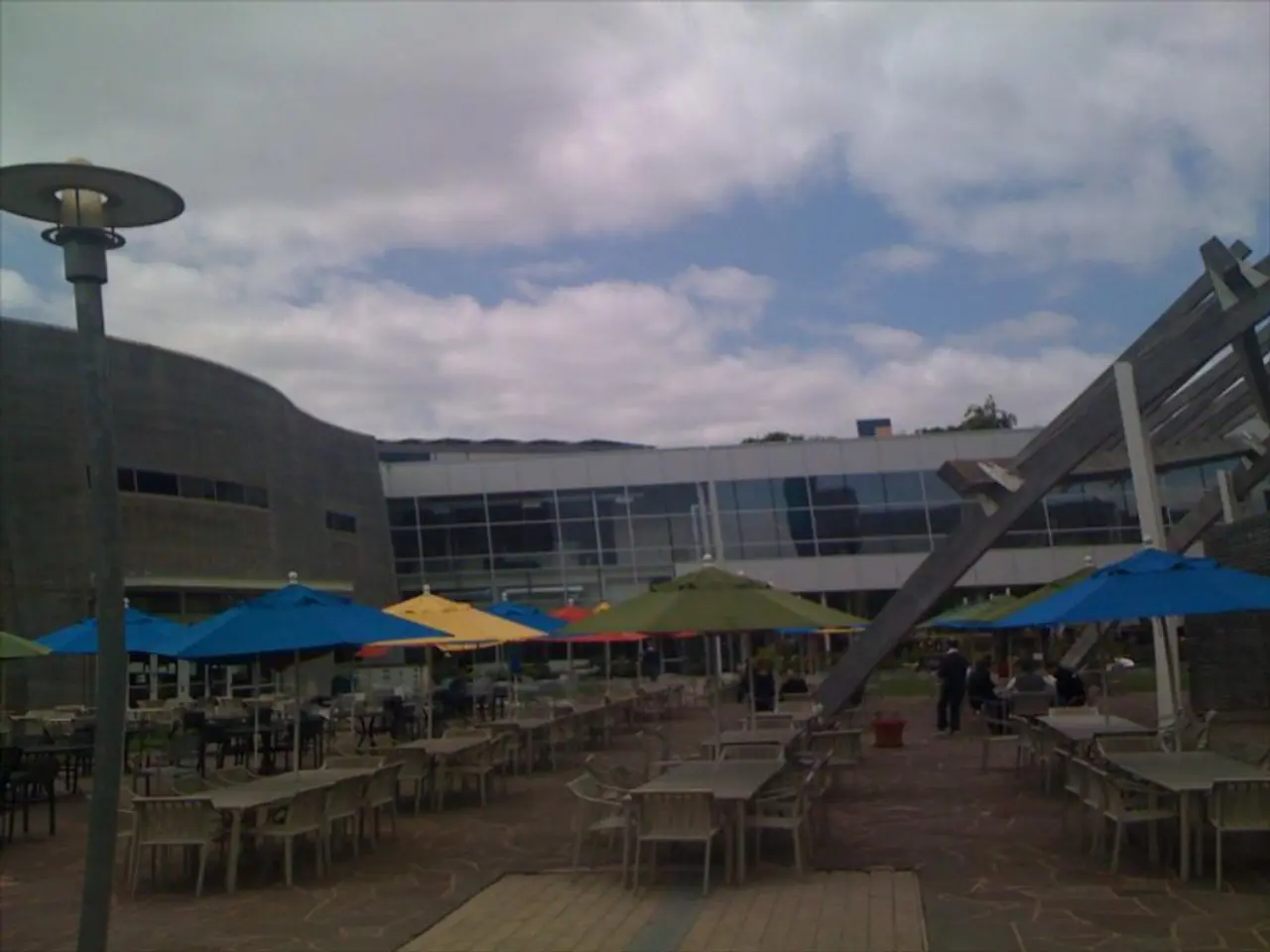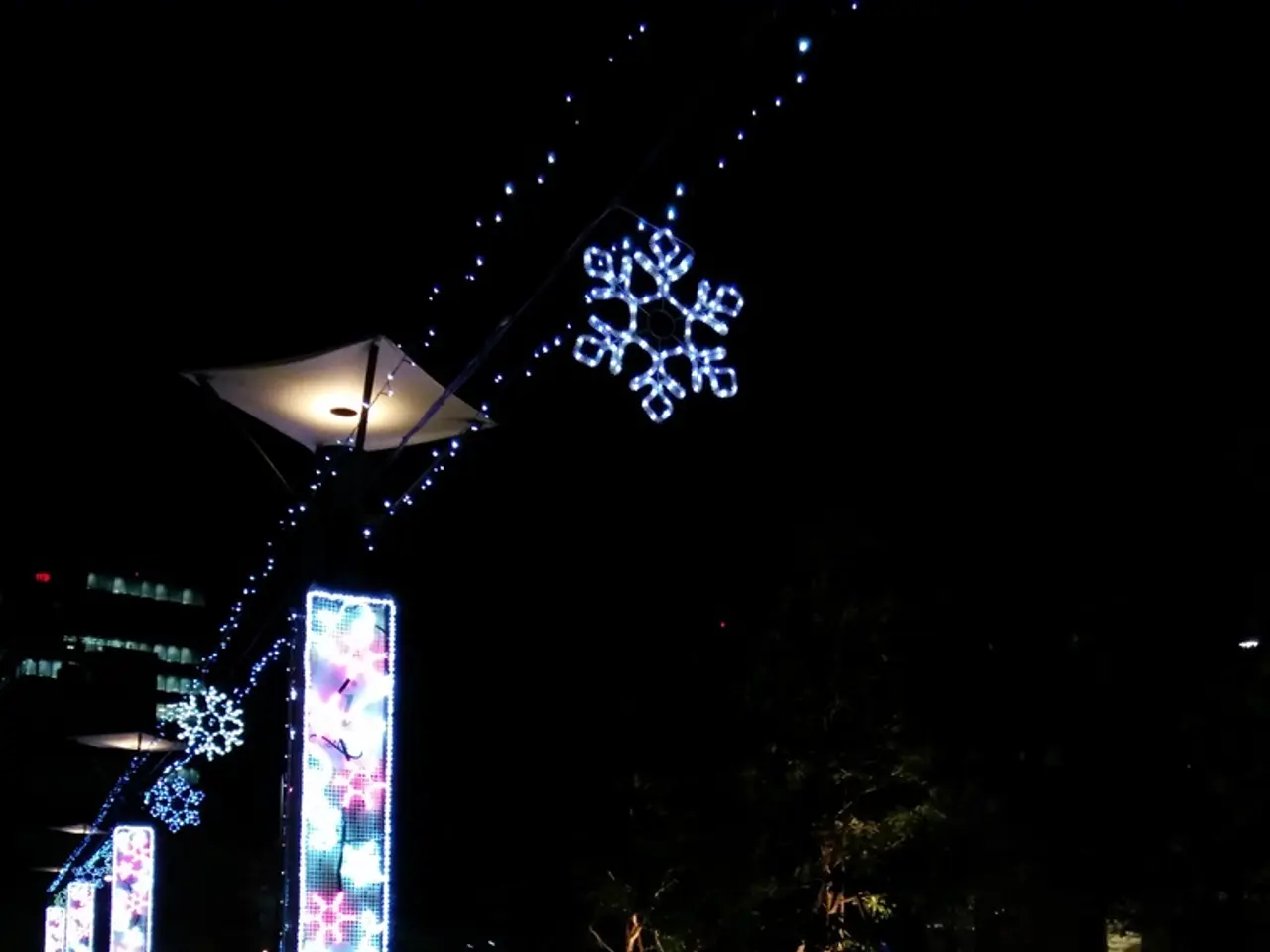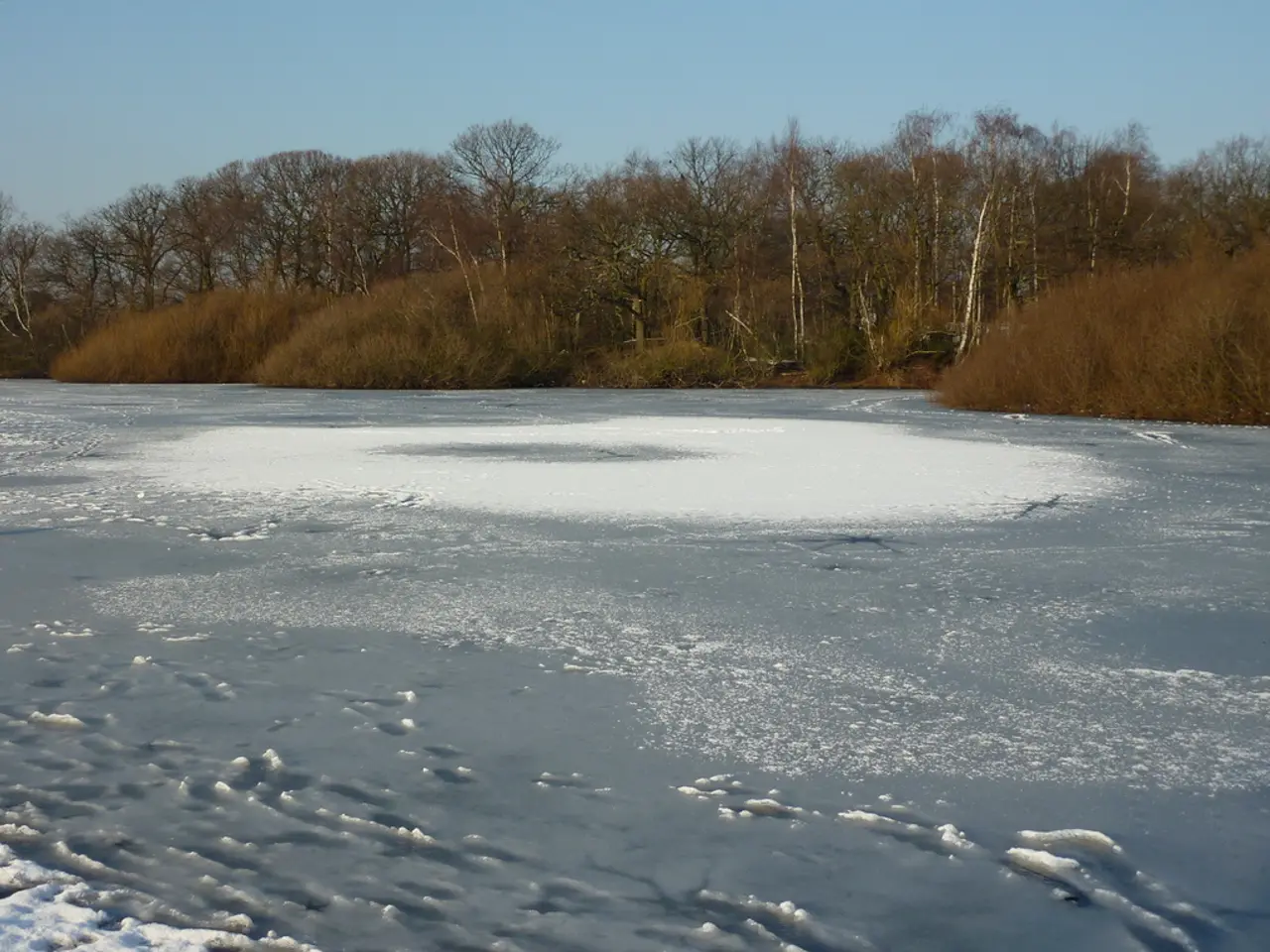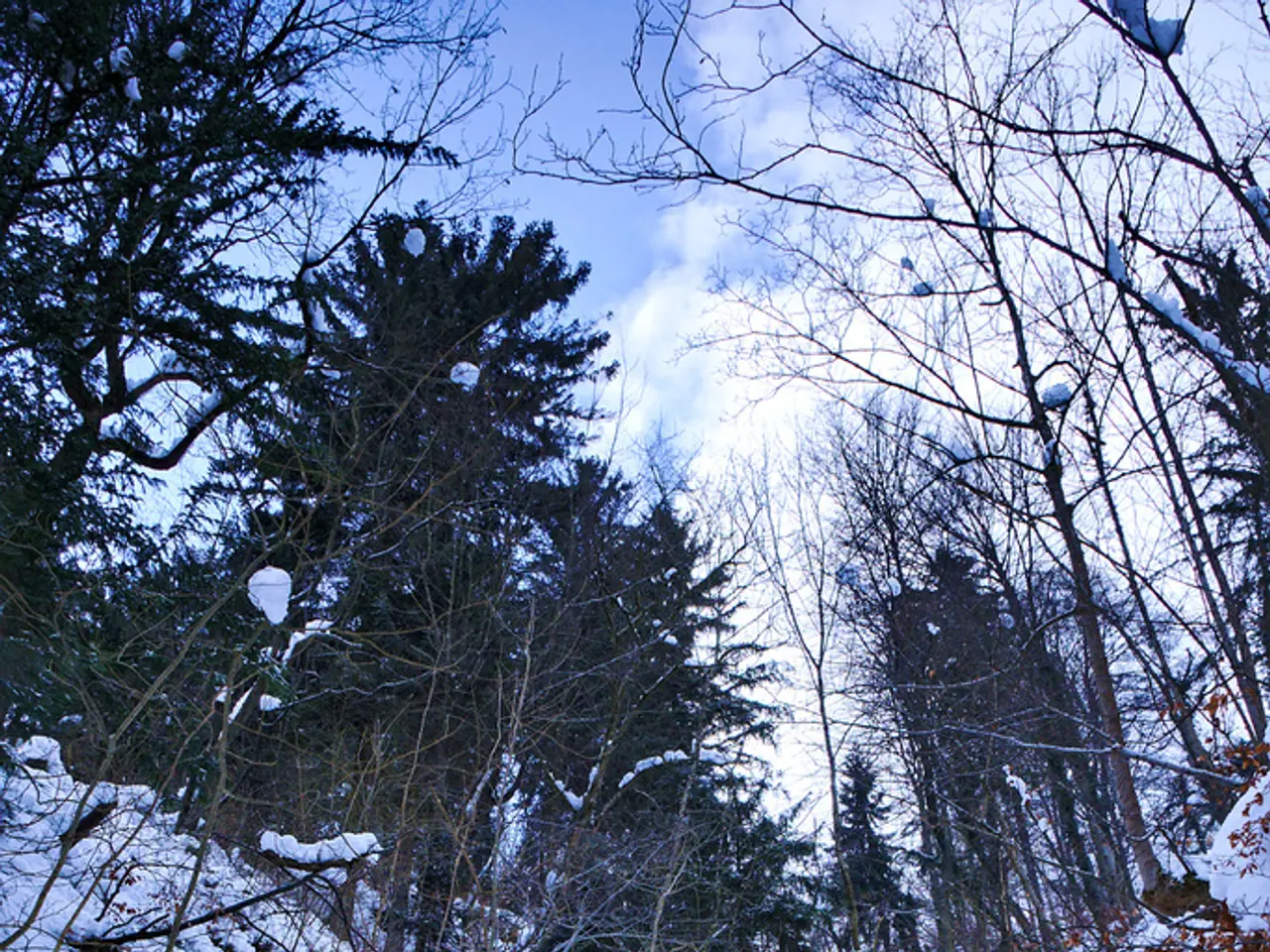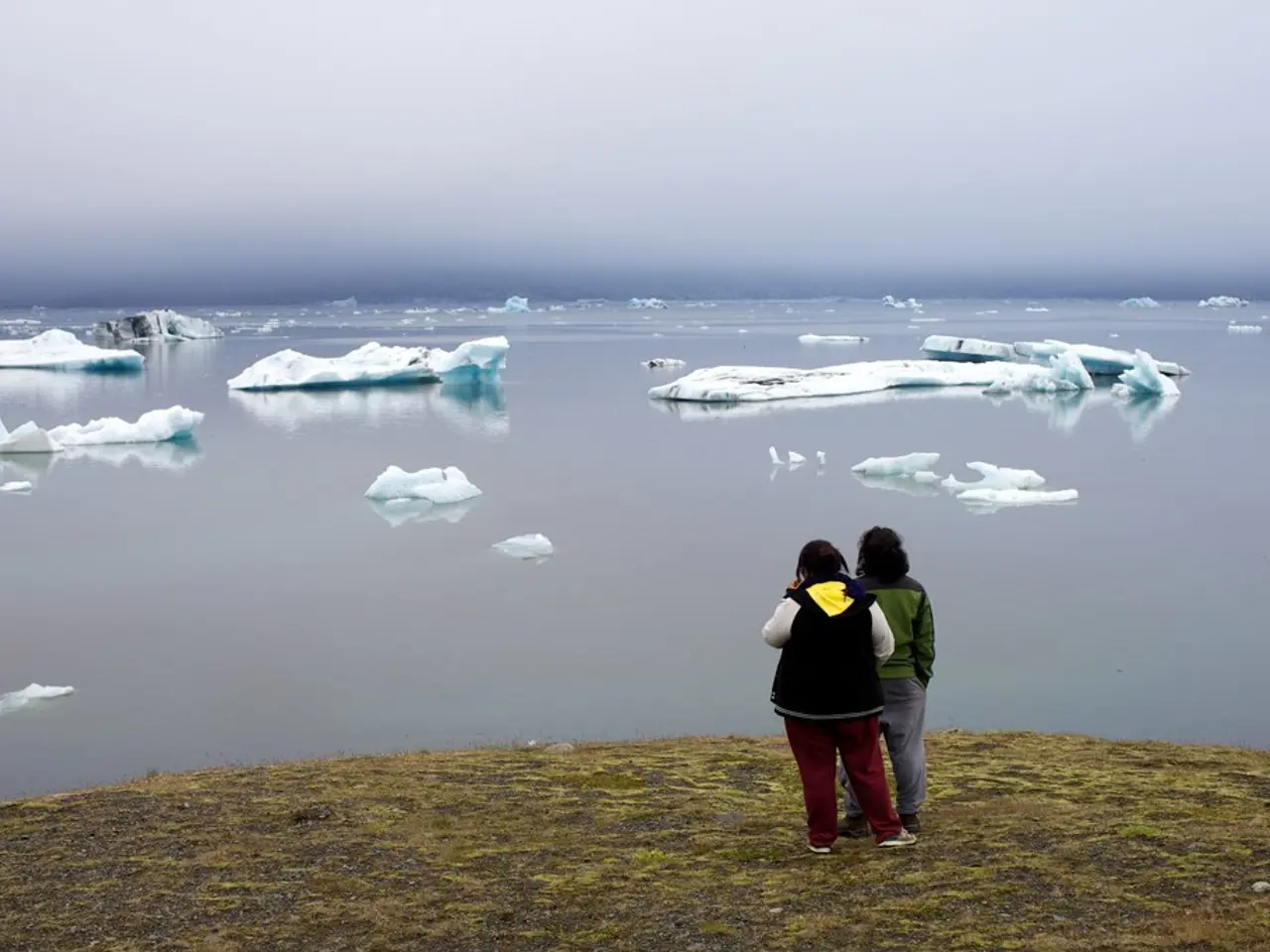Inclement weather awaits in Kamchatka, with a mix of heat and rain on the horizon.
As the summer season approaches, Russia is gearing up for another potentially scorching season, with temperatures predicted to rise above average and wildfire activity expected to increase significantly, particularly in the Far East and Siberia.
According to specialists at the "Phoebus" Weather Center, temperatures in June are forecasted to increase by 2-3°C, with a further 0.5-1.5°C rise in July and August. This summer could see temperatures soaring as high as 45°C in Siberia and the Urals, a stark contrast to the average surface temperature of the Earth in 2025-29, which is projected to be 1.2-1.9°C higher than in the pre-industrial era (1850-1900).
The World Meteorological Organization (WMO) reports that global temperatures in 2025-29 will remain at record high levels, with a 70% chance that the average global warming for this period will exceed 1.5°C above pre-industrial levels. This trend is expected to reinforce existing patterns of heatwaves, drought, and increased wildfire risk in northern and eastern Russia.
Wildfires have become a recurring and severe issue in Russia, particularly in eastern and southeastern regions. Since April 2025, fires have been active in the Far Eastern Federal District and the Sakha Republic, including areas within the Arctic Circle. By late May, over 1 million hectares were affected by 104 active fires. These conditions are likely driven by warmer-than-average temperatures and dry spells, which are expected to persist through the summer.
However, the situation in Kamchatka Krai, a region in the Far East, may be slightly less severe. While specific predictions for Kamchatka are not detailed, the general trend for Russia shows increased wildfire risk and higher-than-average temperatures. Kamchatka, being part of the Far East, is exposed to these broader climate patterns but is less affected by wildfires compared to regions like the Sakha Republic or Trans-Baikal Krai.
Despite the potential challenges, the WMO is emphasizing the importance of early warning systems and integrated fire management to mitigate risks. The organization's Global Fire Management Hub is supporting a shift from suppression to prevention and preparedness, aiming for integrated management and better early warning systems to address the escalating wildfire threat.
In light of these predictions, caution is advised about abnormal heat predictions, as the accuracy of long-term forecasts can be low. However, with the current climate trends indicating an increase in extremely hot summer seasons, it is crucial for Russia to prepare for the potential impacts on agriculture, infrastructure, and tourism.
Sources: [1] https://en.wikipedia.org/wiki/Climate_of_Russia [4] https://reliefweb.int/report/russian-federation/russia-facing-severe-wildfires-climate-change-risks-increasing
The weather forecast for this summer predicts an increase in temperatures, with June possibly rising by 2-3°C, and further rises in July and August. This rise in temperatures may contribute to weather-forecasting concerns of increased wildfire activity, especially in the Far East and Siberia, as reported by the World Meteorological Organization (WMO).
